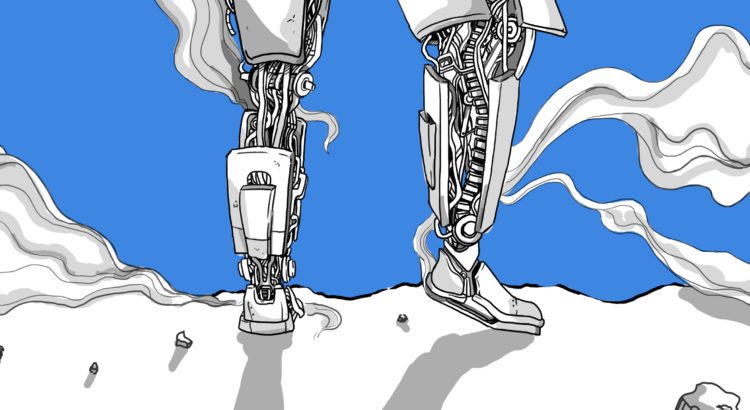Unfortunately it’s already the last week of October, which means that this is the last post of the horror-themed Hidden Gems series. I can’t believe how fast it flew by, especially being busy with midterms and existential dread about the state of the world. I’ve really enjoyed sharing some of my favorite works of horror art, I just can’t believe how much I didn’t get to cover; there’s pretty much an endless amount of art that I could talk about when it comes to horror. However, that doesn’t mean that you won’t see a spooky post now and again, especially if the inspiration strikes or I watch a particularly good movie. For my last post of spooky season, I found it fitting to talk about a work of art that is extremely close to my heart, a show that inspired my lifelong interest in the supernatural, science fiction, and horror: The Twilight Zone.

Depending on your generation, you might already be extremely familiar with the show; it was groundbreaking when it aired it 1959, and has inspired countless knock-offs and remakes due to its incredible popularity. However, I’ve noticed that has been brushed under the rug recently; I find less and less people who have ever seen it, let alone enjoy it. Unfortunately, the show’s age has been a large deterrent to modern viewers. It is filmed in black and white, as expected for the time, and not all of the acting has aged well. Although it is certainly an old show, I would argue that it has an unmatched amount of charm, and that the intellectual ideas presented in each episode are incredibly fascinating and still relevant today.
The original Twilight Zone of 1959 lasted for 5 seasons and spanned over 150 episodes, making it an incredible catalog of science fiction. Each episode is a self-contained short story and usually features some sort of social commentary or moral. The range of the show is incredibly broad: examples of topics include aliens, time travel, beauty, living inanimate objects, and other unexplainable phenomena. The one thing shared between all episodes is the haunting and iconic introduction by Rod Serling, the show’s creator. Each introduction is unique, but they all convey the same thing: anything can happen in the Twilight Zone, a place where not everything is as it seems, but a place where any of us could end up without knowing. It’s an incredibly powerful introduction, and one of my favorite examples of how art and media can create such strong emotions in the viewer, which in this case happen to be fear and uncertainty. The black and white filming of the show is also extremely conducive to the aesthetic being portrayed in each episode. One might expect it to be a barrier from realism, but I find it to be incredibly immersive, since so much attention is drawn to the characters and the story, not so much the visuals and special effects. More often than not, the immersion is actually broken when they attempt to use ambitious special effects; on the flip side, they use clever practical effects to achieve surprisingly convincing results. Episodes like Will the Real Martian Please Stand Up? are a perfect example of this duality: some unfortunate prosthetics are especially jarring, while some of the practical effects are clever and so well done that it almost beats anything that could be accomplished today. In general, all of these aspects of the show make it extremely charming and memorable. Even if not every episode is perfect, they all come from a place of creativity and attention to detail is evident in every one.
With that being said, I can’t recommend the show enough; some seasons are currently on Netflix, and it’s the perfect show to watch during the month of October. Although the show has a notable reputation, it certainly doesn’t receive the amount of appreciation it deserves, especially considering how groundbreaking it was and how much it influences horror and science fiction writers today. If you do decide to watch it, these are some of my favorite episodes, and ones that I would recommend watching first: Nightmare at 20,000 Feet, Time Enough at Last, The Monsters are Due On Maple Street, Eye of the Beholder, and To Serve Man.




